Dermatitis is a common skin condition that affects millions of people worldwide. It is an inflammatory condition that causes red, itchy, and irritated skin. Dermatitis can be caused by a variety of factors, including allergies, irritants, genetics, and autoimmune disorders. In this article, we will explore the nursing care plan and management for dermatitis and provide tips on how to develop effective nursing care plans to manage this condition.
What is Dermatitis?
Dermatitis is a general term that describes an inflammation of the skin. There are different types of dermatitis, including seborrheic dermatitis and atopic dermatitis (eczema). Although the disorder can have many causes and occur in many forms, it usually involves swollen, reddened, and itchy skin.
Nursing Care Plans and Management
Nursing care for patients with dermatitis involves treatment for atopic lesions consisting of eliminating all allergens and avoiding irritants, extreme temperatures, and humidity changes, and other factors. Therapy also involves teaching the client the proper application of topical medications. Developing effective nursing care plans for patients with dermatitis requires a comprehensive approach that addresses the underlying causes of the condition, as well as the patient’s individual needs and preferences.
Nursing Problem Priorities
The following are the nursing priorities for patients with dermatitis:
- Identify and eliminate potential triggers or allergens causing dermatitis.
- Manage symptoms through topical treatments and medications.
- Educate the patient on proper skincare routines and techniques.
- Prevent secondary infections by maintaining good hygiene and using appropriate wound care.
- Address underlying conditions or comorbidities contributing to dermatitis.
- Provide emotional support and counseling to help cope with the impact of dermatitis.
- Monitor and manage any complications arising from severe or chronic dermatitis.
Nursing Assessment
Assess for the following subjective and objective data:
- Inflammation
- Dry, flaky skin
- Erosions, excoriations, fissures
- Pruritus, pain, blisters
- Scratches skin frequently
- Dry skin
Assess for factors related to the cause of dermatitis:
- Contact with irritants or allergens
Nursing Diagnosis
Following a thorough assessment, a nursing diagnosis is formulated to specifically address the challenges associated with dermatitis based on the nurse’s clinical judgement and understanding of the patient’s unique health condition. While nursing diagnoses serve as a framework for organizing care, their usefulness may vary in different clinical situations. In real-life clinical settings, it is important to note that the use of specific nursing diagnostic labels may not be as prominent or commonly utilized as other components of the care plan. It is ultimately the nurse’s clinical expertise and judgment that shape the care plan to meet the unique needs of each patient, prioritizing their health concerns and priorities.
Nursing Goals
Goals and expected outcomes may include:
- The patient will maintain optimal skin integrity within the limits of the disease, as evidenced by intact skin.
Nursing Interventions and Actions
Therapeutic interventions and nursing actions for patients with dermatitis may include:
1. Improving Skin Integrity and Preventing Exacerbation of Dermatitis Symptoms
The impairment in the skin integrity in patients with dermatitis is related to contact with irritants or allergens that trigger an inflammatory response in the skin. Contact with these substances causes the skin to become red, swollen, and itchy, which can lead to scratching and further damage to the skin’s surface. Prolonged exposure to irritants or allergens can worsen the condition and increase the risk of infection and other complications.
Assess skin, noting color, moisture, texture, and temperature; note erythema, edema, and tenderness.
Specific types of dermatitis may have characteristic patterns of skin changes and lesions.
Assess the skin systematically. Look for areas of irritant and allergic contact.
Flexural areas (elbows, neck, posterior knees) are common areas affected by atopic dermatitis.
Assess skin for lesions. Note the presence of excoriations, erosions, fissures, or thickening.
Open skin lesions increase the patient’s risk for infection. Thickening occurs in response to chronic scratching (lichenification).
Identify aggravating factors. Inquire about recent changes in the use of products such as soaps, laundry products, cosmetics, wool or synthetic fibers, cleaning solvents, and so forth.
Patients may develop dermatitis in response to changes in their environment. Extremes of temperature, emotional stress, and fatigue may contribute to dermatitis.
Identify signs of itching and scratching.
The patient who scratches the skin to relieve intense itching may cause open skin lesions with an increased risk for infection. Characteristic patterns associated with scratching include reddened papules that run together and become confluent, widespread erythema, and scaling or lichenification
Identify any scarring that may have occurred.
Long-term scarring may result in body image disturbances.
Encourage the patient to adopt skin care routines to decrease skin irritation:
One of the first steps in the management of dermatitis is promoting healthy skin and healing skin lesions.
Bathe or shower using lukewarm water and mild soap or nonsoap cleansers.
Long bathing or showering in hot water causes drying of the skin and can aggravate itching through vasodilation.
After bathing, allow the skin to air dry or gently pat the skin dry. Avoid rubbing or brisk drying.
Rubbing the skin with a towel can irritate the skin and exacerbate the itch-scratch cycle.
Encourage the patient to avoid aggravating factors.
Some change in lifestyle may be indicated to reduce triggers.
Apply topical lubricants immediately after bathing.
See pharmacologic interventions
Apply topical steroid creams or ointments.
See pharmacologic interventions
Apply topical immunomodulators (TIMs).
See pharmacologic interventions
Prepare the patient for phototherapy or photochemotherapy.
This treatment modality uses ultraviolet A or B light waves to promote the healing of the skin. The addition of psoralen, which increases the skin’s sensitivity to light, may benefit patients who do not respond to phototherapy alone.
Assess severity of pruritus.
Patients with dermatitis may develop an itch-scratch cycle. The extreme itchiness of the skin causes the person to scratch, which in turn worsens the itching. Many patients report the itching to be worse at night, thus disrupting their sleep.
Assess skin for excoriations and lichenification.
Scratching and rubbing the skin in response to the itching increases the irritation of the skin. When papules are scratched, they may break open, causing excoriations that become crusty and infected. Over time, constant rubbing and scratching cause the skin to become thick and leathery (lichenification).
Encourage the patient to avoid triggering factors.
Contact with factors that stimulate histamine release will increase itching. Because irritants vary from one patient to another, each patient needs to determine substances and situations that aggravate the dermatitis. This also promotes patient education and empowerment in managing their condition.
Maintain hydration of stratum corneum.
Application of lubricating creams and ointments serve as a barrier to water evaporation from the skin. Moist skin is less likely to experience pruritus.
Use cool compresses on pruritic areas of the skin.
Cool, moist compresses help relieve pruritus and itching. Additionally, cool baths with colloidal oatmeal (e.g., Aveeno) can provide relief.
Encourage the patient to keep fingernails trimmed short.
Long fingernails used for scratching are more likely to cause skin trauma and aggravate itching.
2. Promoting Positive Self Image and Providing Emotional Support
Patients with dermatitis may experience low self-esteem and negative body image due to visible skin lesions which can be unsightly, itchy, and uncomfortable. These skin lesions can cause the patient to feel self-conscious, embarrassed, and socially isolated.
Assess the patient’s perception of the changed appearance.
The nurse needs to understand the patient’s attitude about visible changes in the appearance of the skin that occurs with dermatitis.
Assess the patient’s behavior related to appearance.
Patients with body image issues may try to hide or camouflage their lesions. Their socialization may decrease based on anxiety or fear about the reactions of others.
Assist the patient in articulating responses to questions from others regarding lesions and contagion.
Patients may need guidance in determining what to say to people who comment about the appearance of their skin. Dermatitis is not a contagious skin condition.
Allow patients to verbalize feelings regarding their skin condition.
Through talking, the patient can be guided to separate physical appearance from feelings of personal worth.
Assist patients in identifying ways to enhance their appearance.
Clothing, cosmetics, and accessories may direct attention away from the skin lesions. The patient may need help in selecting methods that do not aggravate the skin lesions.
Educate the patient about the skin condition, including triggers, treatment options, and measures to treat symptoms.
Providing education regarding these topics can help patients with atopic dermatitis better understand the disease condition and manage the symptoms more effectively.
Encourage the patient to engage in activities that can boost their self-esteem, such as hobbies or exercise.
By engaging in enjoyable and fulfilling activities, patients can improve their self-esteem and mood, which can help them adjust with the emotional effects of the skin condition.
3. Preventing Infection
Patients with dermatitis are at risk for infection due to break in skin integrity, excoriation, and severe inflammation. These factors can compromise the skin’s natural barrier function, allowing pathogens to enter the body and cause infections. The open sores and inflamed skin can also provide an ideal environment for bacteria to grow and thrive, increasing the risk of infection even further.
Assess skin for the severity of skin integrity compromise.
The skin is the body’s first line of defense against infection. Disruption of the integrity of the skin increases the patient’s risk of developing an infection or scarring.
Monitor the patient’s skin closely for signs of infection, such as redness, warmth, or pus, and report any changes.
Patients with dermatitis are at the highest risk for developing skin infections caused by Staphylococcus aureus. Purulent drainage from skin lesions indicates infection. With severe infections, the patient may have an elevated temperature.
Encourage the patient to use appropriate hygiene methods.
Keeping the skin clean, dry, and well lubricated reduces skin trauma and risk of infection.
Instruct the patient to avoid scratching the affected areas.
This will prevent further skin damage and reduce the risk of infection.
Provide education on proper wound care techniques, such as cleaning the affected area with mild soap and water and applying an appropriate dressing.
Teaching proper wound care techniques, enables the patient to take an active role in the care and help to prevent infections and promote healing.
Apply topical antibiotics as indicated.
Topical antibiotics may be used to treat infections that occur with dermatitis.
Administer oral antibiotics.
Oral antibiotics may be more effective in treating infections on the skin.
4. Administer Medications and Provide Pharmacologic Support
Apply topical lubricants immediately after bathing.
Lubrication with fragrance-free creams or ointments serves as a barrier to prevent further drying of the skin through evaporation. Moisturizing is the cornerstone of treatment. Over-the-counter moisturizing lotions include Eucerin, Lubriderm, and Nivea. Lotions are lighter and less emollient than creams. If more moisturizing is required than a lotion can provide, a cream is recommended. These include Keri cream, Cetaphil cream, Eucerin cream, and Neutrogena Norwegian formula. Ointments are the most emollient. Vaseline Pyre Petroleum Jelly or Aquaphor Natural Healing Ointment may be beneficial.
Apply topical steroid creams or ointments.
These drugs reduce inflammation and promote the healing of the skin. The patient may begin using over-the-counter hydrocortisone preparations. If these are not effective, the physician may include prescription corticosteroids for topical use. The usual application is twice daily, thinly and sparingly. Do not use an occlusive dressing, because this potentiates the action and systemic absorption of the steroid. The usual duration of use of topical steroids is up to 14 days in adults.
Apply topical immunomodulators (TIMs):
- Pimecrolimus (Elidel)
Elidel is used as a short-term and long-term management of mild to moderate atopic dermatitis in nonimmunocompromised adults and children 2 years of age and older, who did not respond to other treatments. - Tacrolimus (Protopic)
Tacrolimus (Protopic) is used as a short term management of moderate to severe atopic dermatitis in nonimmunocompromised adults and children 2 years of age and older, who did not respond to other treatments.
Administer antihistamine drugs.
Antihistamines such as hydroxyzine will help relieve itching and promote comfort. These drugs can be taken at bedtime. Their sedative effect may also help promote sleep. During the daytime, nonsedating antihistamines may increase the efficacy of pruritus control. Loratadine is an over-the-counter medication.
Apply topical antipruritic agents if indicated.
These may be used alone or combined with oral antihistamines. Over-the-counter products include Sarna lotion, Prax lotion, and Itch-X gel. Prescription Cetaphil with menthol may also help.
Apply topical steroid creams if indicated.
Do not apply on the face. Use thinly and sparingly, up to a maximum of 14 days. Do not use with occlusive dressings.
Administer oral steroids.
Short-term low-dose oral steroids may be ordered for severe cases. Oral steroids are not indicated for long-term use despite their efficacy
Recommended Resources
Recommended nursing diagnosis and nursing care plan books and resources.
Disclosure: Included below are affiliate links from Amazon at no additional cost from you. We may earn a small commission from your purchase. For more information, check out our privacy policy.
Ackley and Ladwig’s Nursing Diagnosis Handbook: An Evidence-Based Guide to Planning Care
We love this book because of its evidence-based approach to nursing interventions. This care plan handbook uses an easy, three-step system to guide you through client assessment, nursing diagnosis, and care planning. Includes step-by-step instructions showing how to implement care and evaluate outcomes, and help you build skills in diagnostic reasoning and critical thinking.

Nursing Care Plans – Nursing Diagnosis & Intervention (10th Edition)
Includes over two hundred care plans that reflect the most recent evidence-based guidelines. New to this edition are ICNP diagnoses, care plans on LGBTQ health issues, and on electrolytes and acid-base balance.

Nurse’s Pocket Guide: Diagnoses, Prioritized Interventions, and Rationales
Quick-reference tool includes all you need to identify the correct diagnoses for efficient patient care planning. The sixteenth edition includes the most recent nursing diagnoses and interventions and an alphabetized listing of nursing diagnoses covering more than 400 disorders.

Nursing Diagnosis Manual: Planning, Individualizing, and Documenting Client Care
Identify interventions to plan, individualize, and document care for more than 800 diseases and disorders. Only in the Nursing Diagnosis Manual will you find for each diagnosis subjectively and objectively – sample clinical applications, prioritized action/interventions with rationales – a documentation section, and much more!

All-in-One Nursing Care Planning Resource – E-Book: Medical-Surgical, Pediatric, Maternity, and Psychiatric-Mental Health
Includes over 100 care plans for medical-surgical, maternity/OB, pediatrics, and psychiatric and mental health. Interprofessional “patient problems” focus familiarizes you with how to speak to patients.

See also
Other recommended site resources for this nursing care plan:
- Nursing Care Plans (NCP): Ultimate Guide and Database MUST READ!
Over 150+ nursing care plans for different diseases and conditions. Includes our easy-to-follow guide on how to create nursing care plans from scratch. - Nursing Diagnosis Guide and List: All You Need to Know to Master Diagnosing
Our comprehensive guide on how to create and write diagnostic labels. Includes detailed nursing care plan guides for common nursing diagnostic labels.
Other nursing care plans affecting the integumentary system:
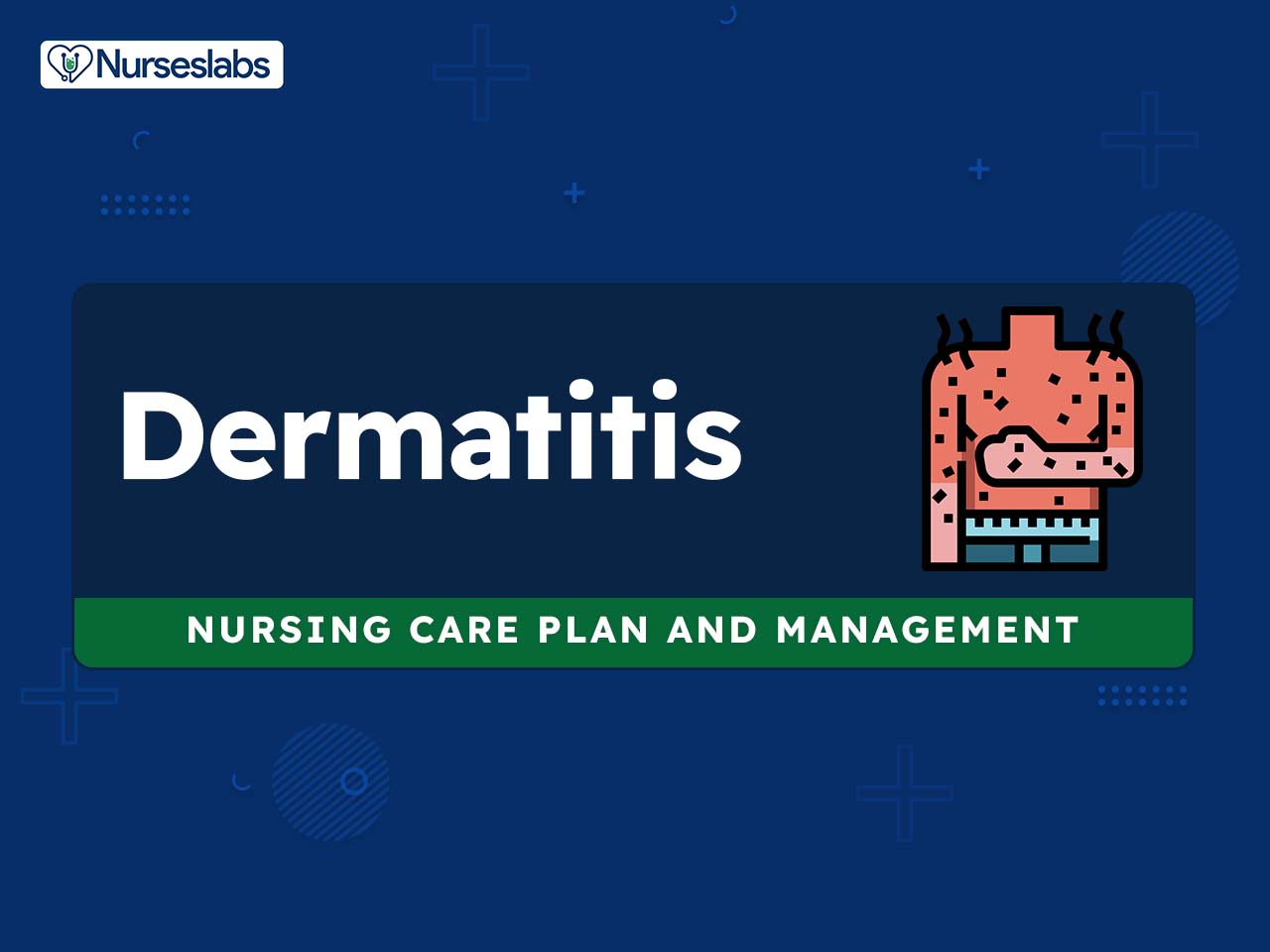























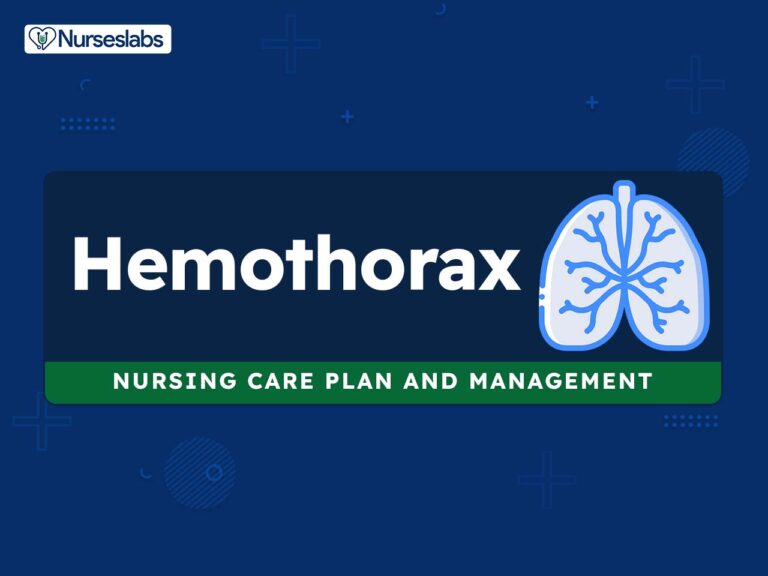
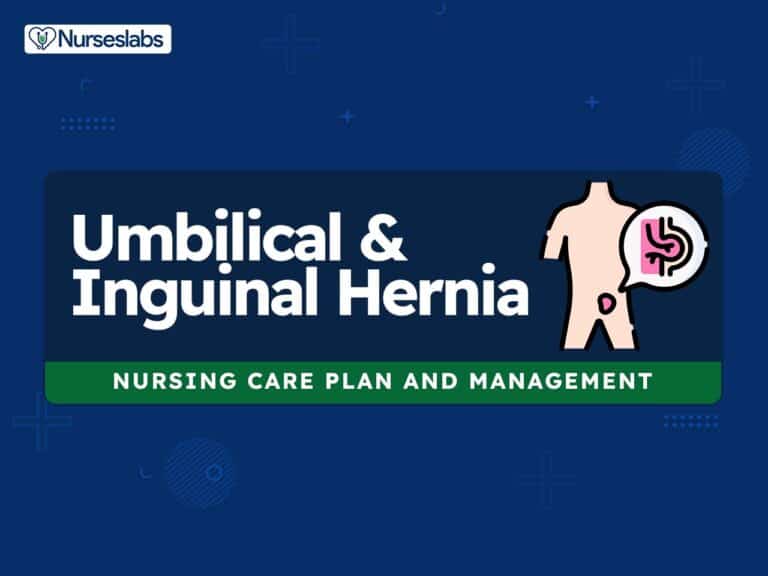




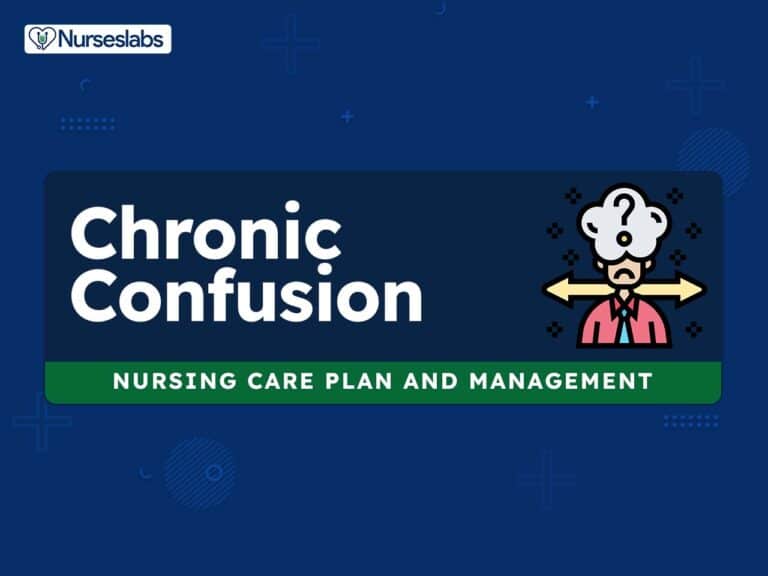

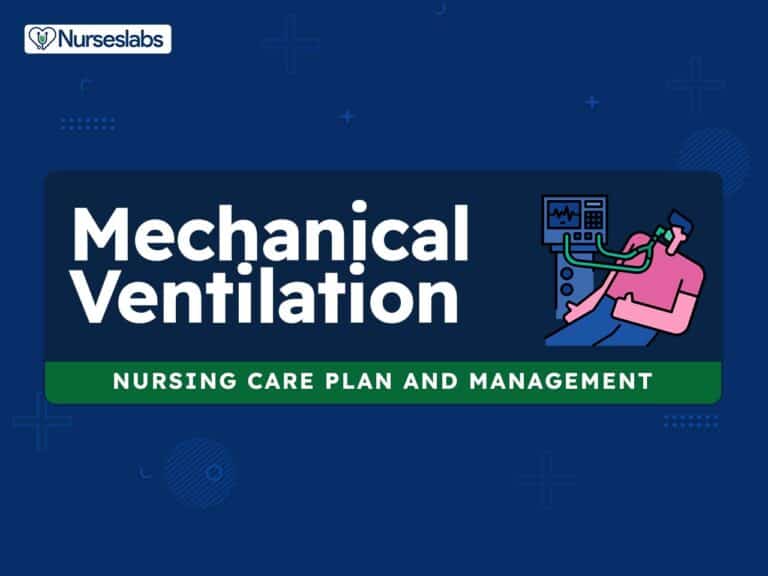

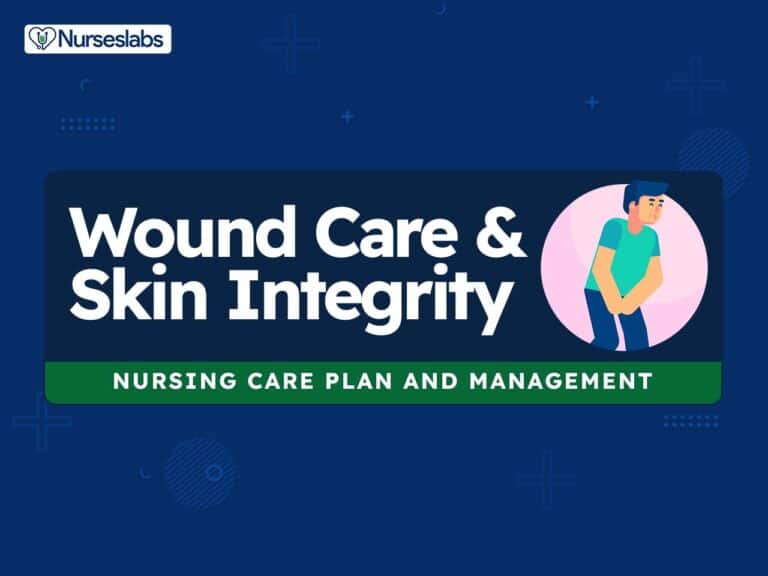
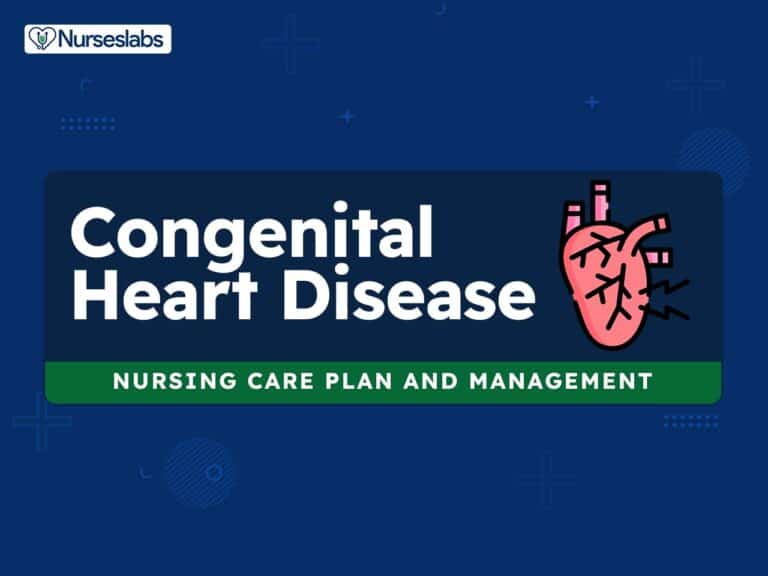
Leave a Comment